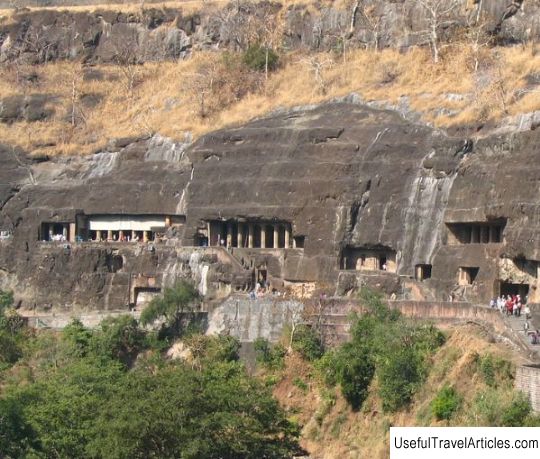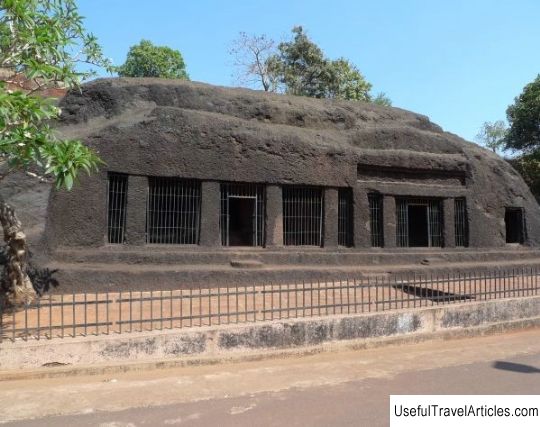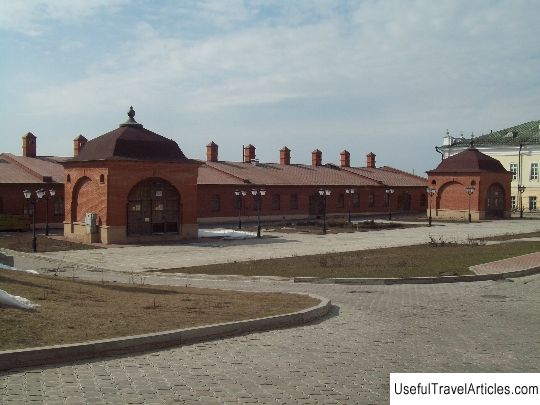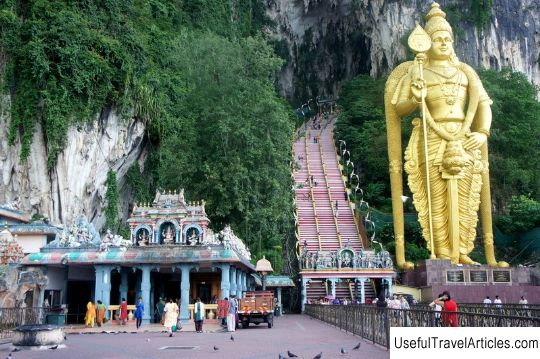Ellora Caves description and photos - India: Maharashtra
Rating: 9,0/10 (2765 votes) 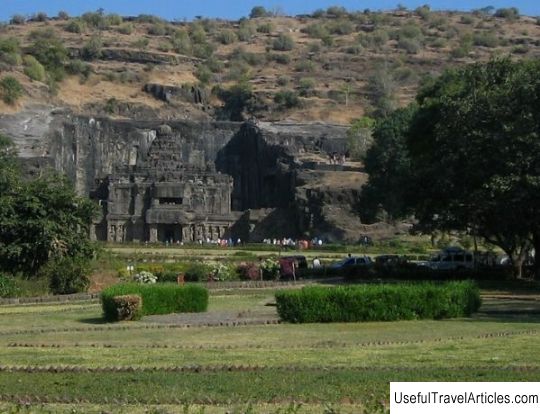
Ellora Caves description and photos - India: Maharashtra. Detailed information about the attraction. Description, photographs and a map showing the nearest significant objects. The title in English is Ellora Caves. Photo and descriptionThe Ellora (or Ellora) caves are located 29 kilometers northwest of the city of Aurangabad, which is located in the Indian state of Maharashta. They were created during the reign of the Rashtrakut dynasty. The 34 caves carved into the monolith of one of the Charanandri mountains are the real embodiment of the achievements of Indian cave architecture. Each Ellora cave is unique and beautiful, and a particle of the soul of the Indian people is embedded in each. These caves were created as Buddhist, Hindu and Jain temples and monasteries, the so-called vihars and mathas, during the period from V to X century. So 12 out of 34 caves are Buddhist sanctuaries, 17 are Hindu and 5 are Jain. Earlier it was believed that the very first was built the Buddhist part of Ellora (caves 1-12) - in the V-VII centuries. But later research showed that some Hindu caves were created in earlier times. So, this part, for the most part, consists of monastery premises - large multi-level rooms carved into the rock, some of which are decorated with images and sculptures of the Buddha. Moreover, some sculptures are carved with such skill that they can be confused with wooden ones. The most famous Buddhist cave is the 10th cave - Vishvakarma. In its center stands a 4.5-meter-high statue of Buddha. The Hindu part of Ellora was created in the 6th-8th centuries and is made in a completely different style. All walls and ceilings of the premises of this part are completely covered with bas-reliefs and sculptural compositions of such complexity that sometimes several generations of craftsmen worked on their design and creation. The brightest is the 16th cave, which is called Kailasanatha or Kailasa. Its beauty surpasses all other caves of the complex. It is rather a real temple, carved into a monolithic rock. The Janiyste caves were created during the IX-X centuries. Their architecture embodied the craving of this religion for asceticism and simplicity. They surpass other premises in size, but, despite all their simplicity, they are not inferior to them in uniqueness. So in one of these caves, Indra Sabha, an amazing lotus flower is carved on the ceiling, and on the upper level there is a statue of the goddess Ambika sitting astride a lion among mango trees hung with fruits. In 1983, Ellora Caves were included in the UNESCO World Heritage List.         We also recommend reading Synagogue (Synagoga w Kielcach) description and photos - Poland: Kielce Topic: Ellora Caves description and photos - India: Maharashtra. |
